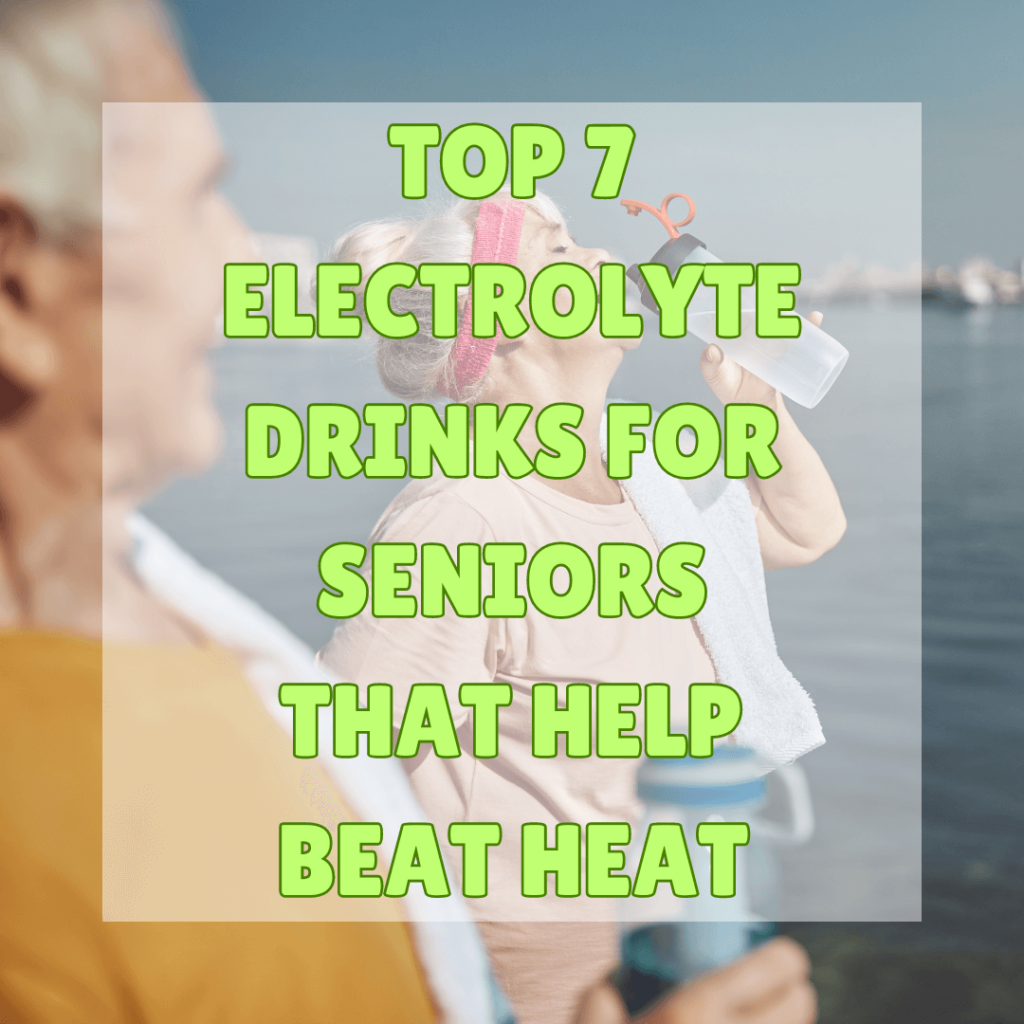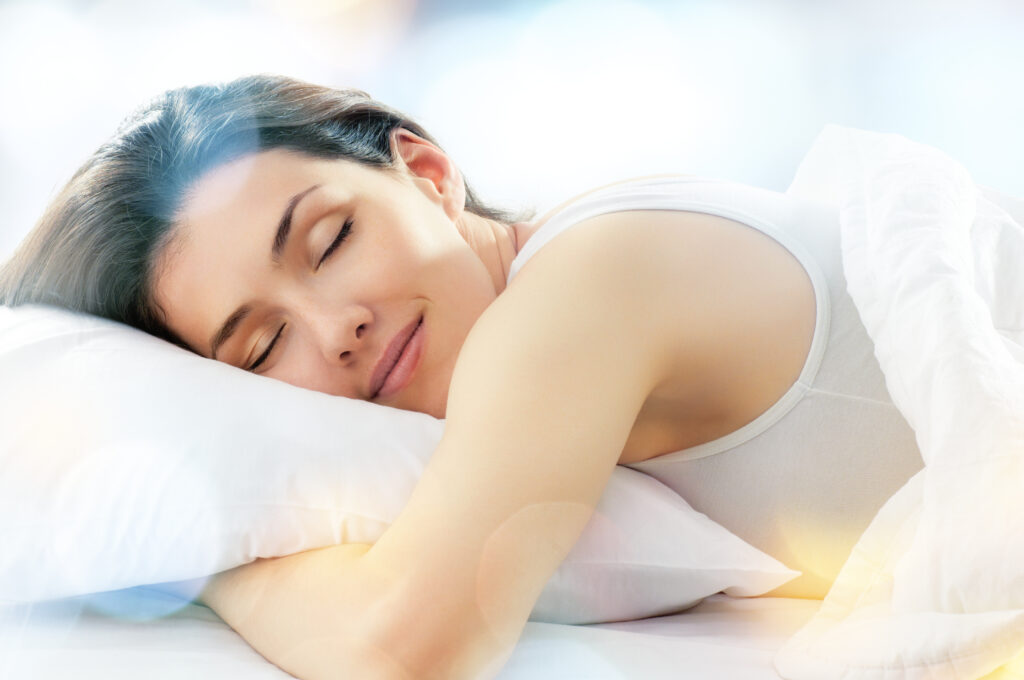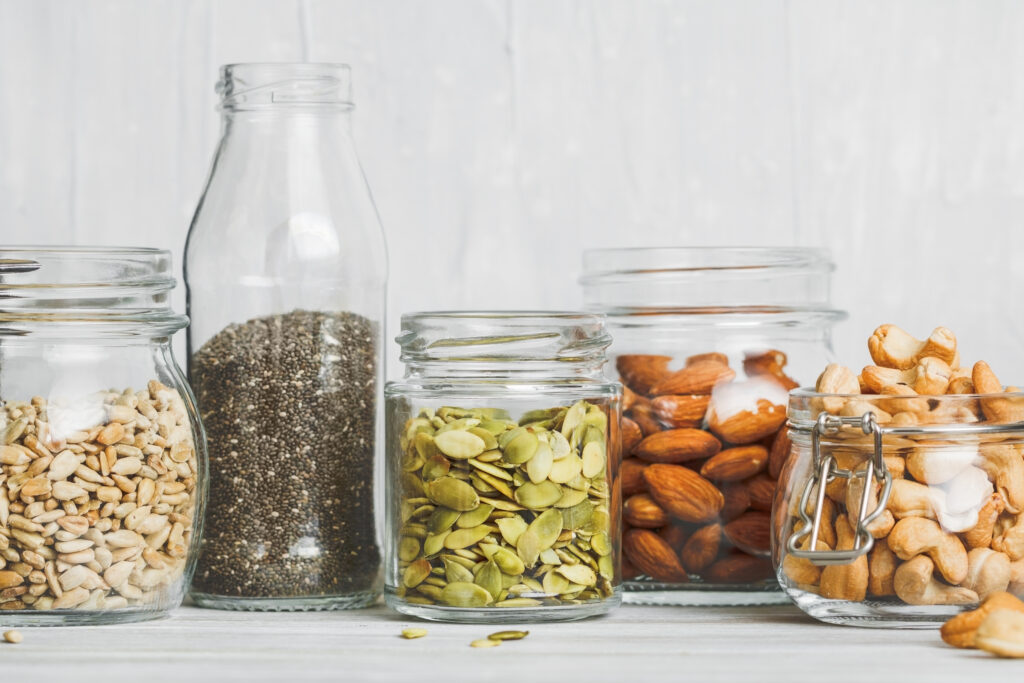Electrolyte drinks for seniors
Electrolyte drinks are beverages that contain electrolytes, which are minerals that help the body maintain fluid balance. Electrolytes are lost through sweat, urine, and feces, so it is important to replenish them, especially during hot weather or when exercising.

Why are electrolyte drinks important for seniors?
As people age, they are more likely to become dehydrated. This is because the body's ability to conserve water decreases with age. Seniors are also more likely to have health conditions that can lead to dehydration, such as diarrhea, vomiting, and kidney disease.
Dehydration can lead to a number of health problems, including fatigue, constipation, heat stroke, and even death. Electrolyte drinks can help prevent dehydration and its associated health problems.
What are the benefits of electrolyte drinks for seniors?
Electrolyte drinks can help seniors:
- Stay hydrated
- Prevent dehydration
- Improve athletic performance
- Recover from illness
- Reduce the risk of heat stroke
What are the different types of electrolyte drinks?
There are many different types of electrolyte drinks available, including:
- Sports drinks
- Pedialyte
- Coconut water
- Broths
- Juices
How to choose the right electrolyte drink for seniors
When choosing an electrolyte drink for seniors, it is important to consider the following factors:
- The senior's health condition
- The senior's activity level
- The senior's taste preferences
How much electrolyte drink should seniors consume?
The amount of electrolyte drink that seniors should consume depends on their individual needs. However, in general, seniors should aim to drink 8-10 glasses of fluids per day, including electrolyte drinks.
Where to buy electrolyte drinks
Electrolyte drinks can be purchased at most grocery stores, pharmacies, and convenience stores.
Conclusion
Electrolyte drinks can be a helpful way for seniors to stay hydrated and prevent dehydration. When choosing an electrolyte drink for seniors, it is important to consider the senior's health condition, activity level, and taste preferences.





